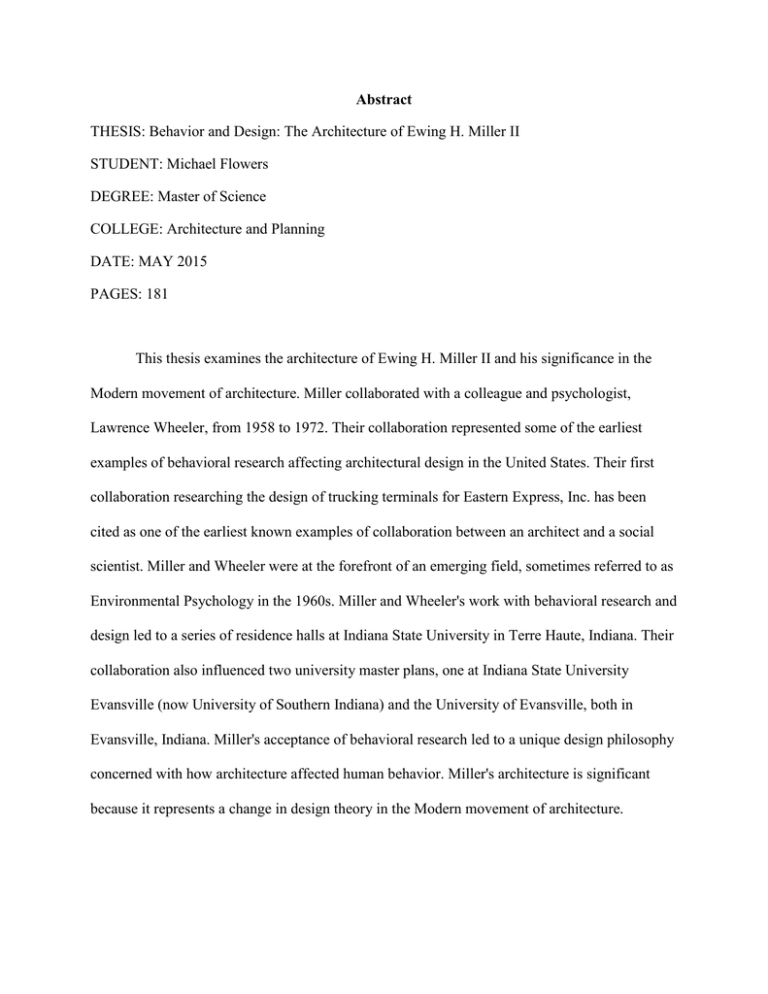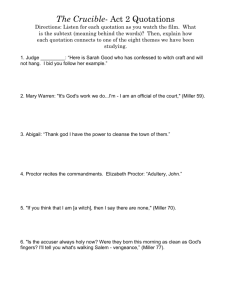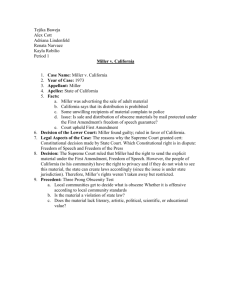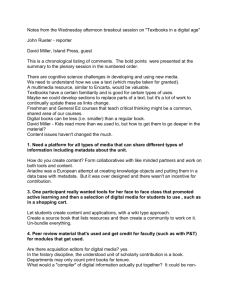Abstract THESIS: Behavior and Design: The Architecture of Ewing H. Miller... STUDENT: Michael Flowers DEGREE: Master of Science
advertisement

Abstract THESIS: Behavior and Design: The Architecture of Ewing H. Miller II STUDENT: Michael Flowers DEGREE: Master of Science COLLEGE: Architecture and Planning DATE: MAY 2015 PAGES: 181 This thesis examines the architecture of Ewing H. Miller II and his significance in the Modern movement of architecture. Miller collaborated with a colleague and psychologist, Lawrence Wheeler, from 1958 to 1972. Their collaboration represented some of the earliest examples of behavioral research affecting architectural design in the United States. Their first collaboration researching the design of trucking terminals for Eastern Express, Inc. has been cited as one of the earliest known examples of collaboration between an architect and a social scientist. Miller and Wheeler were at the forefront of an emerging field, sometimes referred to as Environmental Psychology in the 1960s. Miller and Wheeler's work with behavioral research and design led to a series of residence halls at Indiana State University in Terre Haute, Indiana. Their collaboration also influenced two university master plans, one at Indiana State University Evansville (now University of Southern Indiana) and the University of Evansville, both in Evansville, Indiana. Miller's acceptance of behavioral research led to a unique design philosophy concerned with how architecture affected human behavior. Miller's architecture is significant because it represents a change in design theory in the Modern movement of architecture.






